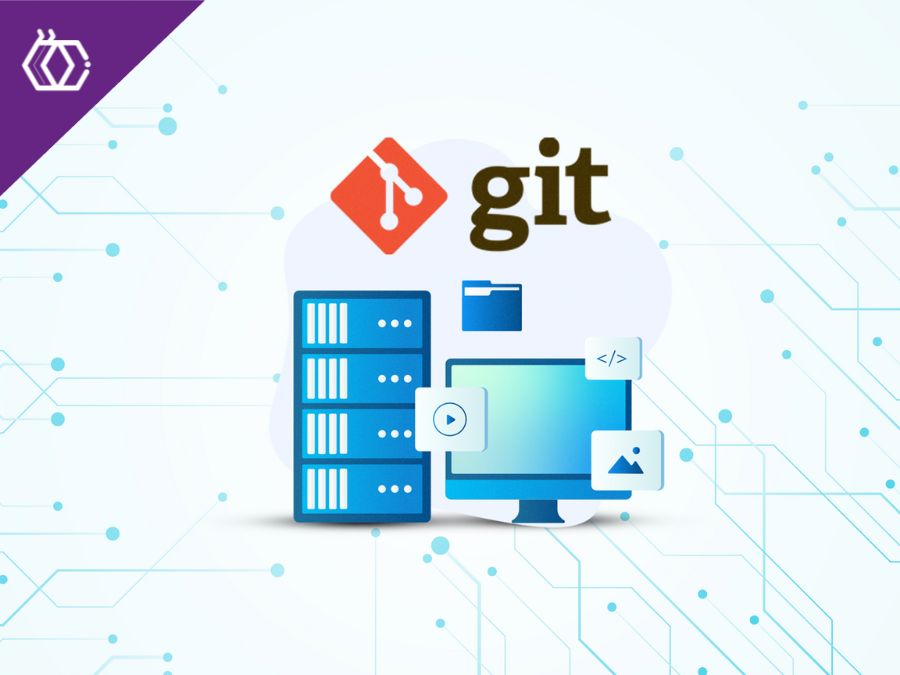

GitHub Repositories
(10 minutes of reading) In the world of programming, collaboration and code sharing are fundamental. To assist in this process, the GitHub platform has become the gold standard for version control and code collaboration. If you're a programmer, familiarizing yourself with GitHub is practically a must, whether you're working alone or in a team. In this text, we will delve deeper into GitHub repositories, their main features and benefits. WHAT IS A GITHUB REPOSITORY? A repository is essentially a storage space for a project. It may contain code files, images, audio, or any other file necessary for the project to function. Repositories can be public, accessible to anyone, or private, limited to invited contributors only. THE COMMIT JOURNEY GitHub operates using the version control system called Git. When you make changes to a file, instead of creating a version of that file, Git records the differences. These differences or changes are called "commits". A commit has its own ID, an author, and an associated message that describes the change. This allows you to return to any point in the project's history, providing flexibility and security for developers. BRANCHES: WORKING IN PARALLEL "Branches" are powerful features that allow developers to work on different features or bugs simultaneously without interfering with the main code (usually the "master" or "main" branch). Once work on a specific branch is complete and tested, it can be "merged" back into the main branch. PULL REQUESTS (PRs) When you want to contribute to an external project or merge branches, use Pull Request. It's a proposed change that other developers can review, comment on, and ultimately accept or reject. PRs encourage code review and discussion, making them crucial for collaborative projects. PROBLEMS AND TRACKING In addition to code, GitHub also offers tools for tracking issues. If someone finds a bug or wants to propose a new feature, they can open an " issue ". This creates a discussion forum around the topic, where contributors can debate solutions or implementation details. GITHUB ACTIONS AND CI/CD A newer feature of GitHub is GitHub Actions, which allows workflow automation. From continuous integration (CI) to continuous delivery (CD), you can configure actions to automatically test, build, and deploy your code. BENEFITS OF USING GITHUB Collaboration: As mentioned, GitHub makes collaboration easy. Multiple developers can work on the same project, reviewing and incorporating code from others. Documentation: With the "Wiki" and "README" functionality, developers can create robust documentation for their projects, facilitating the onboarding of new collaborators and use by third parties. Integration: GitHub integrates with several other tools and platforms, from hosting services like Heroku and AWS to CI/CD and project management tools. Showcase: For individual developers, having an active profile on GitHub is a way to showcase your skills, contributions, and interests to potential employers or clients. BEST PRACTICES ON GITHUB Clear Commit Messages: When making a commit, write a clear and concise message about the change. This makes it easier to review and understand the project history. Documentation: Always include a README file with basic information about the project, such as its purpose, how to install and use it, and how to contribute. Licenses: If you want others to use or contribute to your project, include a license. This clarifies how the code can be used by third parties. Code of Conduct: For large projects with many contributors, a code of conduct can help keep discussion respectful and productive. Before we delve deeper into GitHub, it is crucial to understand Git. The underlying language that powers the Git platform is a distributed version control system, which means that each copy of a project contains the entire commit history, allowing you to work offline and then synchronize your changes. Now let's dig a little deeper! BASIC GIT COMMANDS Git clone: Makes a local copy of a remote repository. Git status: Shows changes made to your local copy. Git add : Adds a file to the staging queue to be committed. Git commit -m "message": Commit your changes with a descriptive message. Git push: Pushes your changes to the remote repository. INTEGRATION WITH EXTERNAL TOOLS Many tools and platforms integrate with GitHub, making it a central hub for your development flow. For example: IDEs: Development environments like Visual Studio Code or IntelliJ have extensions or plugins that make it easier to interact with GitHub directly from the IDE. Project Management Tools: Tools like JIRA or Trello can be linked to GitHub repositories, allowing teams to track development and task progress simultaneously. GITHUBS PAGES GitHub Pages is a service that allows you to host static websites directly from a GitHub repository. It is widely used for portfolios, blogs, documentation, and projects that require live demonstrations. SECURITY AND GITHUB With the importance of code in our digital age, security is paramount. GitHub offers several tools and best practices: Two-Factor Authentication (2FA): An additional layer of security for your account. Security Alerts: Notifications about known vulnerabilities in your project's dependencies. GitHub Dependabot: A tool that automatically creates Pull Requests to update dependencies to more secure versions. COMMUNITY AND NETWORKING GitHub is not just a tool; it is also a community. Contributing to open-source projects can help you connect with other developers and build a reputation in the tech ecosystem. THE IMPORTANCE OF FORKS "Forking" a project is like making your own copy of the repository, allowing you to experiment and make changes without affecting the original project. It's a way to contribute to projects, since after making changes to your fork, you can send a Pull Request for the original repository. CONCLUSION GitHub has revolutionized the way we develop and share code. Whether you're a solo developer looking to version your code and maintain a secure backup, or a large enterprise looking to collaborate on large projects, understanding and making the most of GitHub repositories is a valuable skill. In a world where code is king, GitHub is the castle that protects, cultivates, and showcases it. GitHub, at its core, is a tool, but the culture and community around it are what really make it powerful. It offers not only a means to manage code, but also a platform for learning, collaboration, and professional growth. As a developer, diving deep into the GitHub universe and taking advantage of all its resources can be one of the most beneficial decisions for your career and projects. And there? What did you think of our content? Be sure to follow us on social media to stay well-informed!
Share this article on your social networks:
Rate this article:
[yasr_visitor_votes size=”medium”]



